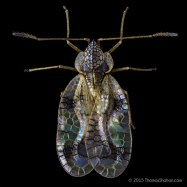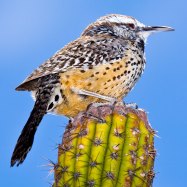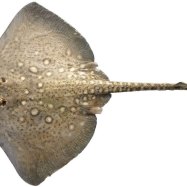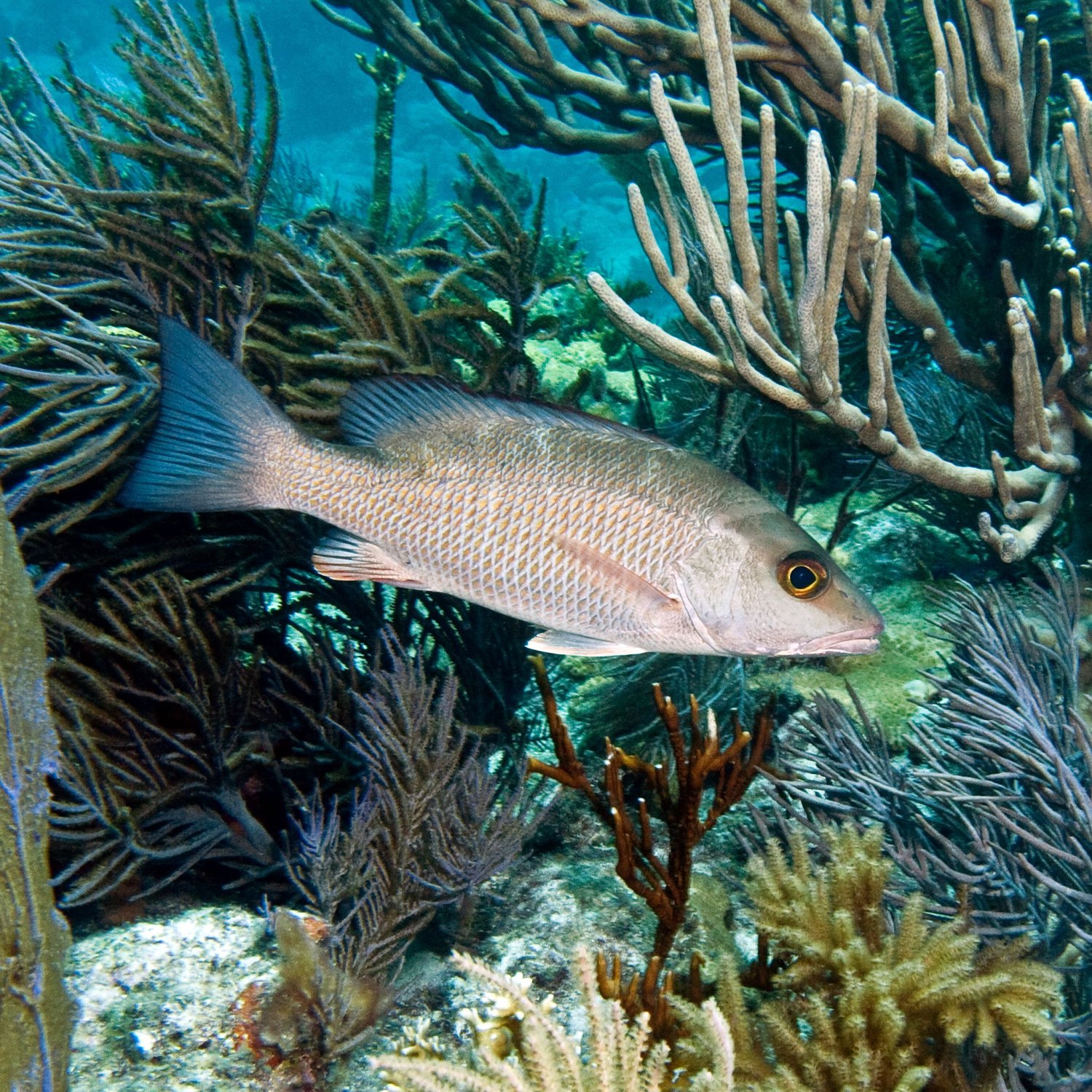
Mangrove Snapper
Up to 24 inches
The Mangrove Snapper, found in the Gulf of Mexico and Caribbean Sea, belongs to the Lutjanidae family. It can grow up to 24 inches and has a slender, slightly compressed body shape. These beautiful fish are highly prized by anglers for their delicious white meat and challenging fight. Catch your own Mangrove Snapper on your next fishing trip!
Animal Details Summary:
Common Name: Mangrove Snapper
Kingdom: Animalia
Habitat: Coastal waters, estuaries, mangroves
The Intriguing World of the Mangrove Snapper: A Coastal Predator
The ocean is a vast and mysterious world, teeming with a plethora of creatures that never cease to fascinate us. It is home to some of the most fascinating and elusive species, each with its own unique characteristics and survival tactics. Among the many inhabitants of the ocean, the mangrove snapper stands out for its striking appearance and survival strategies.Scientifically known as Lutjanus griseus, the mangrove snapper is a species of snapper fish that is commonly found in the western Atlantic region Mangrove Snapper. Its common name is derived from its preferred habitat – the mangrove forests that line the coastal waters, estuaries, and even the Gulf of Mexico and Caribbean Sea. Let's delve deeper into the intriguing world of this coastal predator.
Classification and Habitat
The mangrove snapper belongs to the animal kingdom, phylum Chordata, and class Actinopterygii, which includes all ray-finned fish. It is a member of the order Perciformes, which is a large group of fish that includes over 40% of all known fish. The mangrove snapper is part of the Lutjanidae family, along with other snapper species.As its name suggests, the mangrove snapper is primarily found in coastal waters and estuaries, where they can find shelter in the intricate root systems of mangrove forests. They are most commonly found in the western Atlantic region, from the eastern coast of the United States to Brazil, including the Gulf of Mexico and the Caribbean Sea.
Appearance and Adaptations
The mangrove snapper is a visually striking fish, with a slender and slightly compressed body that is covered in scales. Their coloration varies from grayish-red to dark brown, with a distinct black spot behind their head and yellow fins Mackenzie Valley Wolf. They can grow up to 24 inches in length and weigh up to 14 pounds, but most commonly they range from 12 to 18 inches in length.One of the most interesting adaptations of the mangrove snapper is its ability to change its color and pattern according to its surroundings. This helps them blend in with their environment, making them better predators and less susceptible to detection by their prey. They also have sharp canine teeth that help them catch and crush their prey.
Diet and Feeding Habits
As carnivores, the mangrove snapper feeds on a variety of food sources, including fish, crustaceans, and mollusks. They have a strong preference for small fish, such as pinfish, grunts, and sardines, which they can easily catch with their sharp teeth. They also feed on shrimp, crabs, and other small crustaceans found in the mangrove forests.Their feeding habits are influenced by the tide and the availability of food in their habitat. During high tide, they tend to venture further out into the ocean to hunt for food, while during low tide, they stay closer to the mangrove roots, where they can easily find prey. They are opportunistic feeders and will adjust their diet according to what is readily available.
Social Behavior and Reproduction
Mangrove snappers are generally solitary fish, but they can be found in small groups or schools, especially during breeding season. They have a hierarchical social structure, with larger and more dominant individuals at the top and smaller, submissive ones at the bottom. This helps them establish order and avoid conflict within their group.Breeding season for mangrove snappers usually occurs during the summer months, where they gather in large numbers at offshore spawning sites. Male snappers will attract females by making growling sounds, and the females will release eggs into the water column, where the males fertilize them. After the eggs hatch, the young snappers will stay in the mangrove forests for shelter and food before venturing out into deeper waters.
Conservation Status and Threats
Mangrove snappers are not considered a vulnerable species, and their populations are currently stable. However, they do face threats from overfishing and habitat destruction. Many countries have implemented regulations and limits on the fishing of mangrove snappers to ensure their sustainability, but they are still vulnerable to illegal, unregulated, and unreported fishing.Additionally, the destruction of mangrove forests due to development and pollution can significantly impact the mangrove snapper's habitat and food sources. Without these vital mangrove ecosystems, the mangrove snapper would not be able to thrive and reproduce, leading to a decline in their population.
Positive Impact of Mangrove Snappers
While some may see mangrove snappers as just another species in the ocean, they play a crucial role in maintaining the balance of their ecosystem. As predators, they help control the population of their prey, preventing overpopulation that can lead to environmental issues. Their presence also serves as an important indicator of the health of their habitat.Mangrove forests, where the snappers call home, also play a significant role in mitigating the effects of climate change. They act as carbon sinks, absorbing carbon dioxide from the atmosphere, and play a crucial role in protecting coastlines from erosion. Without the mangrove snapper, this ecosystem would be thrown off balance, leading to cascading effects that could have a widespread impact on the environment.
In Conclusion
The mangrove snapper may seem like just another fish in the ocean, but they have a fascinating world filled with unique characteristics and strategies that help them survive in their coastal habitat. From their striking appearance to their color-changing abilities and social behavior, this species of snapper is truly one of a kind.As we continue to explore and learn more about the world's oceans, it is essential to also understand and appreciate the many creatures that inhabit it. Through conservation efforts and sustainable practices, we can ensure that species like the mangrove snapper continue to thrive and play their integral role in maintaining the balance of their ecosystem. So let us continue to marvel at the wonders of the ocean and work towards protecting it for future generations to come.

Mangrove Snapper
Animal Details Mangrove Snapper - Scientific Name: Lutjanus griseus
- Category: Animals M
- Scientific Name: Lutjanus griseus
- Common Name: Mangrove Snapper
- Kingdom: Animalia
- Phylum: Chordata
- Class: Actinopterygii
- Order: Perciformes
- Family: Lutjanidae
- Habitat: Coastal waters, estuaries, mangroves
- Feeding Method: Carnivore
- Geographical Distribution: Western Atlantic
- Country of Origin: United States
- Location: Gulf of Mexico, Caribbean Sea
- Animal Coloration: Grayish-red to dark brown
- Body Shape: Slender and slightly compressed
- Length: Up to 24 inches

Mangrove Snapper
- Adult Size: Up to 24 inches
- Average Lifespan: Up to 20 years
- Reproduction: Sexual
- Reproductive Behavior: Spawning aggregations
- Sound or Call: Not known for sound production
- Migration Pattern: Seasonal migrations
- Social Groups: Schools
- Behavior: Nocturnal
- Threats: Overfishing, habitat loss, pollution
- Conservation Status: Least Concern
- Impact on Ecosystem: Important prey species
- Human Use: Commercial and recreational fishing
- Distinctive Features: Large canine teeth, dark lateral line running from gill cover to tail
- Interesting Facts: Changes color to match surroundings, highly valued for its taste
- Predator: Sharks, larger predatory fish
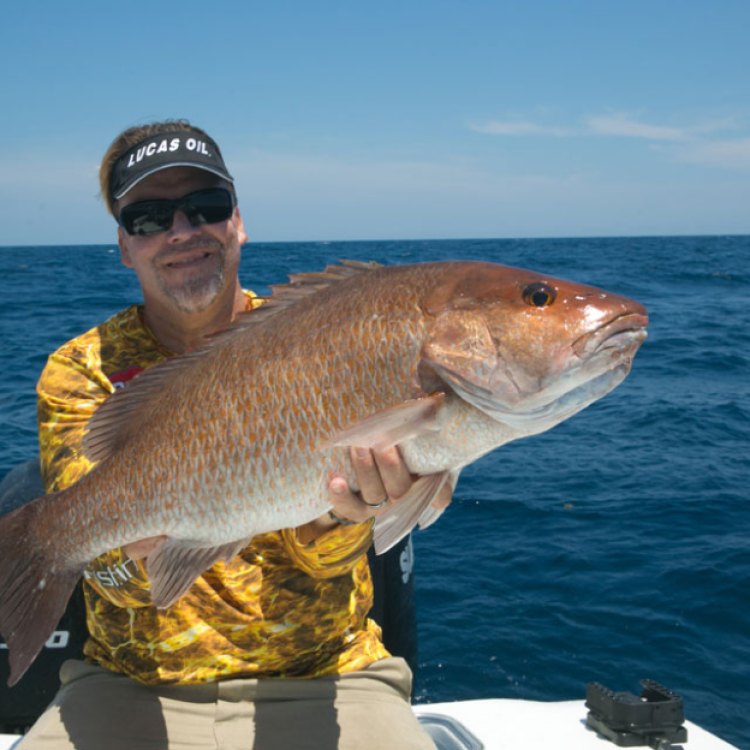
Lutjanus griseus
The Mangrove Snapper: A Fascinating Species of Fish
Mangrove Snapper, scientifically known as Lutjanus griseus, is a popular species of fish found in the western Atlantic Ocean, from Massachusetts to Brazil, including the Gulf of Mexico and the Caribbean Sea. They are commonly found in mangrove habitats, hence the name "Mangrove" Snapper. These fish are highly valued for their taste and are popular among commercial and recreational fishermen. However, despite their widespread distribution and popularity, not much is known about these fascinating creatures PeaceOfAnimals.Com. In this article, we will delve deeper into the unique features and behaviors of the Mangrove Snapper.Physical Characteristics and Behavior
The Mangrove Snapper is a medium-sized fish, with adults reaching up to 24 inches in length and weighing around 7 pounds. They have a silver or grayish body with a yellowish tinge and reddish accents. They also have a dark lateral line running from their gill cover to their tail, which is a distinctive feature of this species. The most striking feature of this fish is its large canine teeth, which are used to crush the shells of its prey.
These fish are nocturnal, meaning they are most active during the night. During the day, they are often found hiding among the mangrove roots or under ledges, where they camouflage with their surroundings. But as the sun sets, they come out to hunt for their prey, which includes small fish, crabs, shrimps, and other invertebrates. The Mangrove Snapper is known to be a solitary species, except during the spawning season, when they form large schools Maltese Shih Tzu.
Reproduction and Spawning Aggregations
The Mangrove Snapper is a sexual species, meaning they reproduce by mating with a member of the opposite sex. However, not much is known about their specific reproductive behavior. What is known is that they reach sexual maturity at around 3-4 years of age and spawn during the summer months in large aggregations. These spawning aggregations consist of thousands of fish and can even be heard from the surface of the water.
During these aggregations, the males release sperm while the females release their eggs, and the fertilization takes place externally. The eggs then hatch into larvae, which eventually grow into juvenile and adult Mangrove Snappers. These aggregations are crucial for the survival of this species, and any disturbance or disruption can have devastating effects on their population.
Migration Patterns and Social Groups
The Mangrove Snapper is known to undertake seasonal migrations, moving from shallow coastal waters to deeper offshore areas during the winter months. In the summer, they return to their shallow mangrove habitats for spawning and feeding. These migrations are believed to be triggered by changes in temperature and food availability.
These fish are also known to form schools, especially during the spawning season. These schools can consist of thousands of individuals, and they provide safety and protection against predators. Schools also increase the efficiency of finding food, as they can cover a larger area and spot food more easily. However, these schools do not have a hierarchical structure or social roles, and the individuals within the school maintain their independence.
Threats and Conservation Status
Like many marine species, the Mangrove Snapper is facing a range of threats that are putting their population at risk. Overfishing is the most significant threat to these fish, as they are highly sought after for their taste. They are commonly caught using gillnets, traps, and hook-and-line, which can have significant impacts on their population if not managed sustainably.
Habitat loss is also a major threat to the Mangrove Snapper. Mangrove habitats, their natural homes, are being destroyed at an alarming rate due to coastal development, pollution, and coastal erosion. This habitat loss not only affects the Mangrove Snapper but also has a cascading effect on the entire ecosystem, as these fish are an important prey species.
Despite these threats, the Mangrove Snapper is currently listed as "Least Concern" by the International Union for Conservation of Nature (IUCN). This means that their population is currently stable, but monitoring and conservation efforts are crucial to ensure their continued survival in the future.
The Importance of the Mangrove Snapper in the Ecosystem
The Mangrove Snapper may seem like just a tasty fish to us, but they play a crucial role in the health and balance of the ecosystem. As mentioned earlier, they are important prey species, and their diet consists of smaller fish and invertebrates. This helps to regulate the population of these species, preventing them from becoming overabundant.
Moreover, the presence of Mangrove Snappers in mangrove habitats is essential for the overall health of the ecosystem. These fish help to maintain the balance of the food web, and their presence can even increase the growth of mangrove trees. Therefore, it is vital to protect and conserve this species for the well-being of the entire ecosystem.
Human Use and Interesting Facts
The Mangrove Snapper is a highly sought-after fish for both commercial and recreational fishing. They are known to be strong fighters, making them a popular target for recreational fishermen. Their meat is highly valued for its taste and is even considered a delicacy in some regions. However, due to their slow growth rate and vulnerability to overfishing, it is important to use sustainable fishing practices and adhere to catch limits to ensure their continued existence.
Another interesting fact about the Mangrove Snapper is its ability to change color to match its surroundings. This helps them to blend in with their environment, making it easier for them to hide from predators. They can also make grunting noises by grinding their teeth, but they are not known for sound production like some other fish species.
Predators of the Mangrove Snapper
Despite their large size and sharp teeth, the Mangrove Snapper is not invincible in the ocean. They have natural predators, such as sharks and larger predatory fish like Grouper and Barracuda. These predators are important for keeping the Mangrove Snapper population in check, and their absence can have negative effects on the ecosystem.
In conclusion, the Mangrove Snapper is a fascinating species of fish with unique features and behaviors. From their large canine teeth to their ability to change color and form large spawning aggregations, these fish have captured the attention of many marine enthusiasts. However, their population is at risk due to various threats, and it is vital to take necessary conservation measures to ensure their survival for many years to come. Let us all appreciate and protect these beautiful creatures for the sake of our oceans and the entire ecosystem.
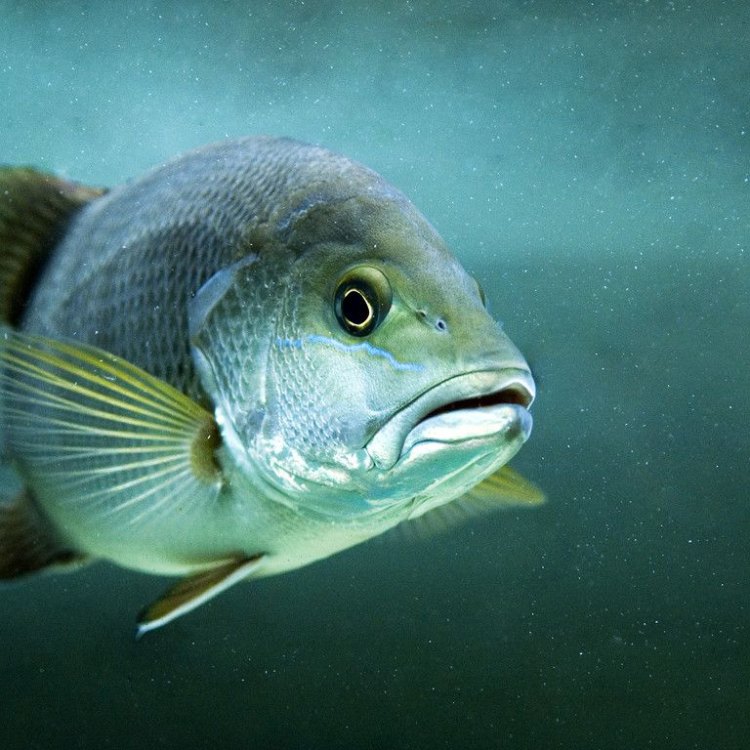
The Intriguing World of the Mangrove Snapper: A Coastal Predator
Disclaimer: The content provided is for informational purposes only. We cannot guarantee the accuracy of the information on this page 100%. All information provided here may change without prior notice.


